Continuously repopulating and developing models
Ms. Vi Thi Lieng, Pa Cau village, Thang Loc commune ( Thanh Hoa ) said: “My family is a poor household, supported with 70 chicken breeds. Before receiving the breeds, technical staff came to the place to guide me on how to build a barn, care for them, and prevent diseases. Thanks to that, I proactively disinfected the barn, built a place to release them to ensure hygiene. From having never raised chickens according to the process, now I do it step by step with the right technique.”
Not stopping at the original breed, Mrs. Lieng's family has re-raised chickens many times, increasing the total herd to nearly 400. With a steady income, she has started investing in buffalo farming, expanding the economic development model.
“Every 3-4 months, the chickens raised by my family are sold to the market. In addition to continuing to invest in new breeds, my family has saved a little capital. From this capital, we continue to invest in expanding the family economic development model. Thank you to the program for giving me the opportunity to escape poverty right on my homeland,” Ms. Lieng shared.
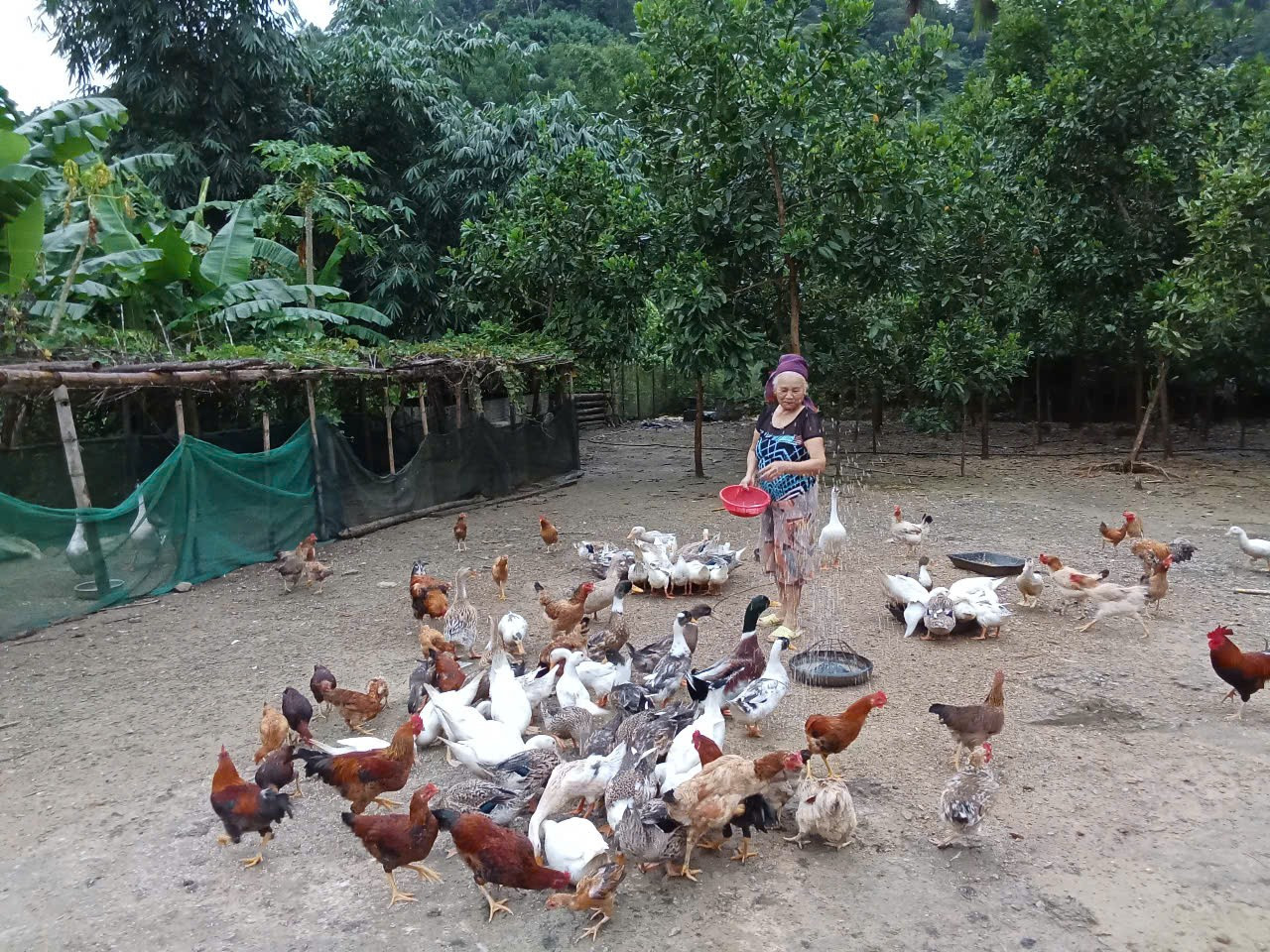
Chicken flock development model of Ms. Vi Thi Thuy
Similarly, the family of Ms. Vi Thi Thuy in Que village, Thang Loc commune, also thanks to raising chickens, the family's economy gradually improved. Ms. Thuy shared: "Thanks to the technical guidance from the authorities from the beginning, households, including my family, know how to take care of and develop chicken flocks to grow quickly and have few diseases. Currently, the family also raises ducks to take advantage of the grazing area in the garden."
Towards long-term livelihoods
The success of the economic development model from raising native chickens in Thang Loc commune is associated with the support from the Project "Linking native chicken raising towards biosafety with product consumption" - under Project 2 in the National Target Program on sustainable poverty reduction in 2023. By the end of July 2024, the Thanh Hoa Provincial Cooperative Union coordinated with the People's Committee of Thuong Xuan district (old) to organize the handover of native chicken breeds and materials to 61 households to continue developing this model in the area.
In this project, Vinaco Agricultural Investment and Development Cooperative is the main unit providing 3,479 chicken breeds and more than 11.8 tons of mixed feed. Each poor household receives 70 chickens, near-poor households 56 chickens and newly escaped poor households 35 chickens. All chicken breeds are fully vaccinated, guaranteed origin and good quality.
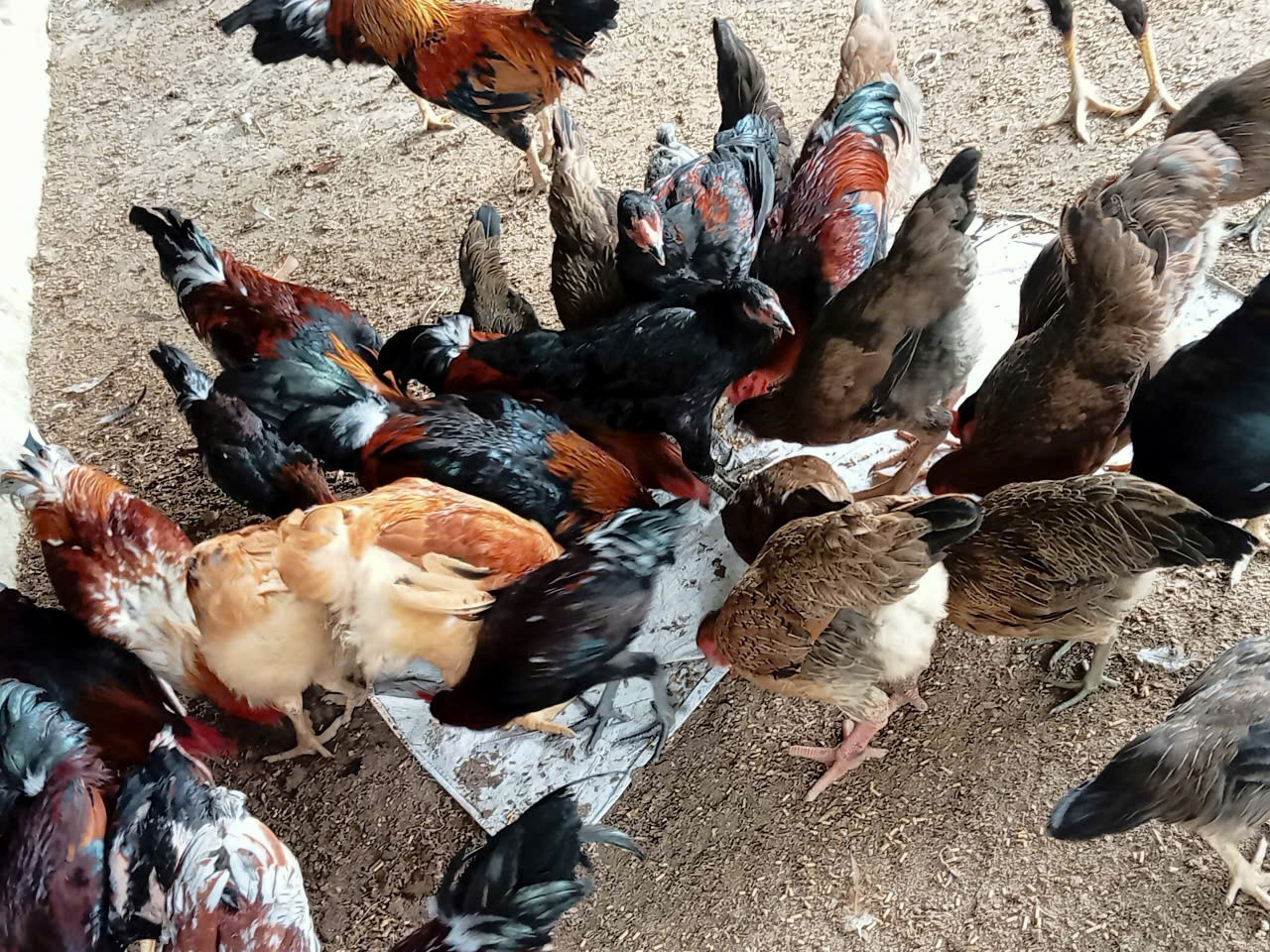
The model of developing native chicken flocks helps many households escape poverty.
In particular, the project not only provides breeding stock but also focuses on improving people's capacity. Before implementation, all households are trained in techniques and detailed instructions on biosafety chicken raising processes, building barns, disease treatment and chain consumption links.
After implementation, the model has proven its feasibility. The survival rate of chickens is over 95%, the average weight when sold is over 2kg/chicken. Some restaurants and businesses have proactively contacted to purchase, opening up a stable market. According to local assessments, each household can earn 3-5 million VND per month from the model. Many households have used their accumulated capital to reinvest in raising more ducks, pigs, buffaloes and cows. To date, most households participating in the project have escaped poverty, some have become well-off.
Mr. Hoang Van Mao - Director of Xuan Loc General Agricultural Service Cooperative - said: The selling price of chicken fluctuates from 100-120 thousand VND/kg, during Tet there are often no chickens to sell, the price can go up to about 150 thousand VND/kg. The cooperative is taking care of all products for households. Since the project was implemented, market demand has exceeded supply capacity. Many households have boldly expanded their scale and continuously re-raised their flocks to increase output.
The model of raising native chickens not only helps people earn more income but also creates motivation to change production thinking. From fragmented to large scale, from small scale to value chain. The model of raising native chickens is gradually helping the Thai people here escape poverty, towards a more stable and sustainable life every day.

Central Youth Union trains propaganda capacity on poverty reduction for Dien Bien Youth Union members

Promoting the role of youth in communicating poverty reduction policies through cyberspace

Eliminating temporary and dilapidated houses contributes to sustainable poverty reduction
Source: https://tienphong.vn/mo-hinh-nuoi-gar-ri-giup-dong-bao-thoat-ngheo-ben-vung-post1766116.tpo







![[Photo] General Secretary To Lam and National Assembly Chairman Tran Thanh Man attend the 80th Anniversary of the Traditional Day of the Vietnamese Inspection Sector](https://vphoto.vietnam.vn/thumb/1200x675/vietnam/resource/IMAGE/2025/11/17/1763356362984_a2-bnd-7940-3561-jpg.webp)
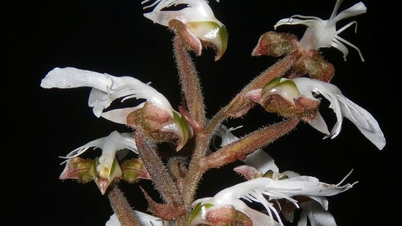

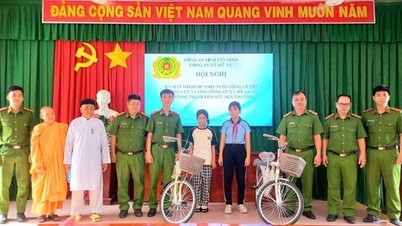

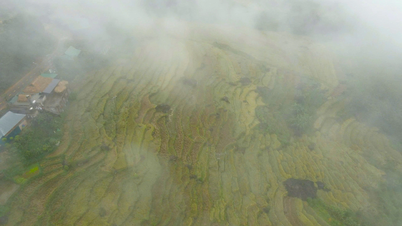

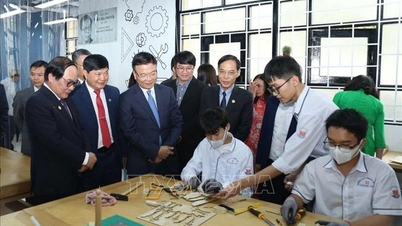




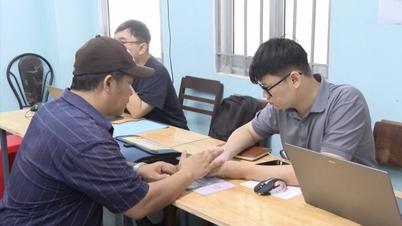



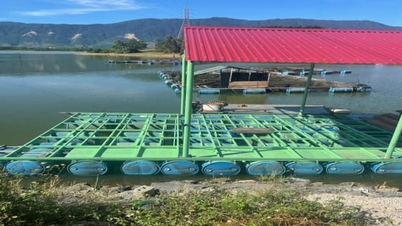







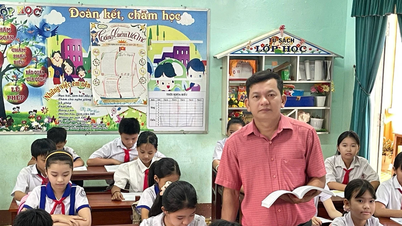

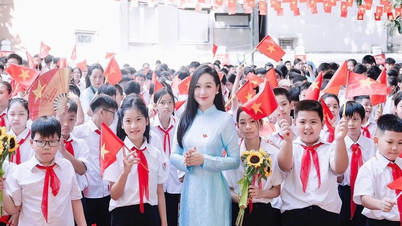




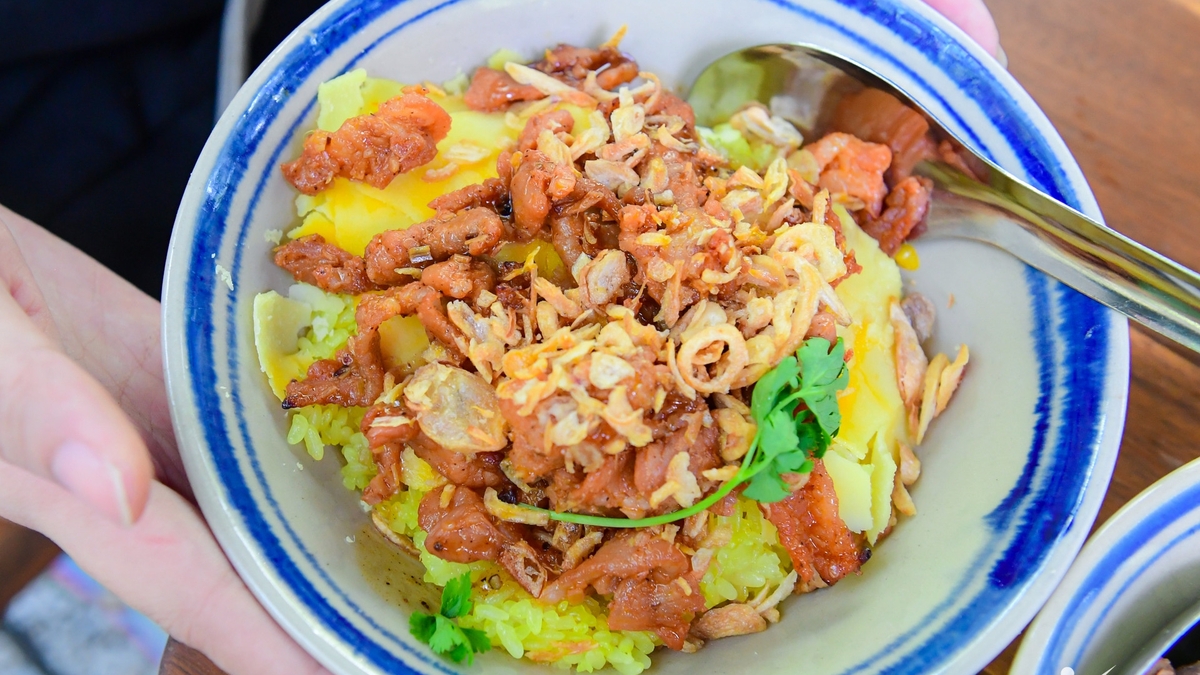
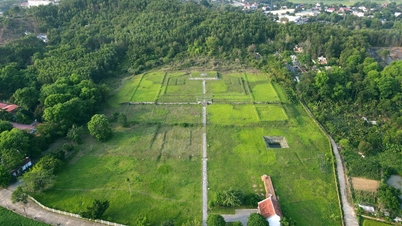










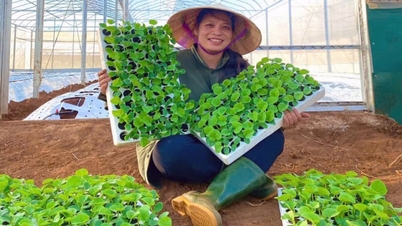
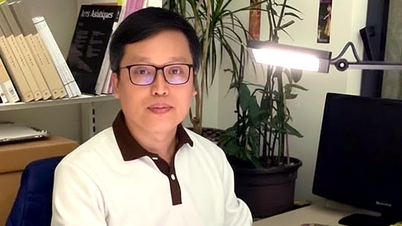








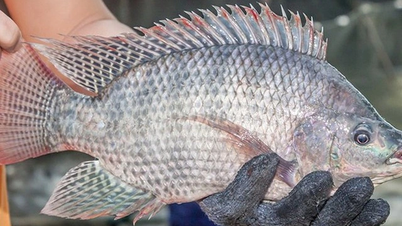


















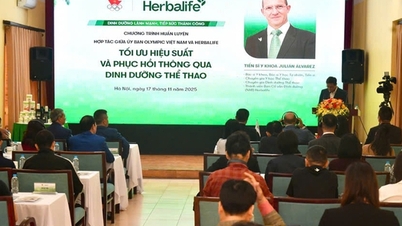


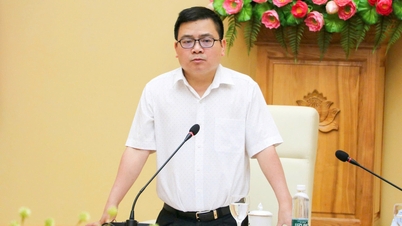





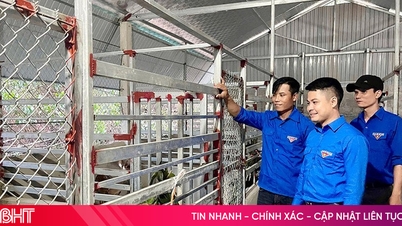

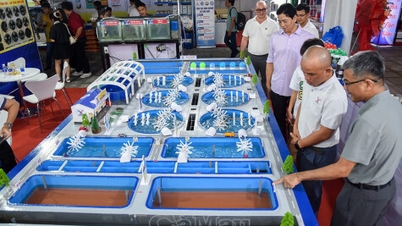

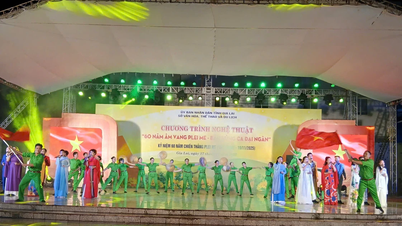






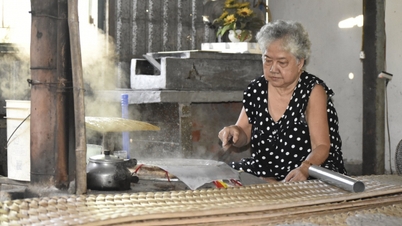

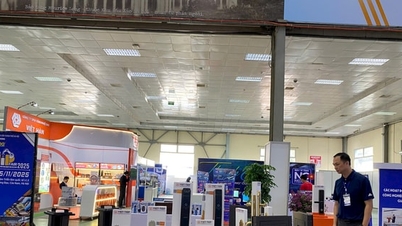



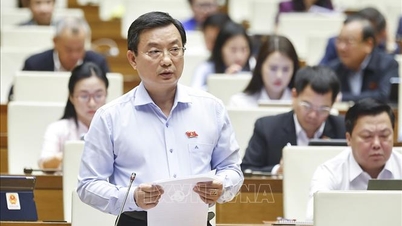





Comment (0)